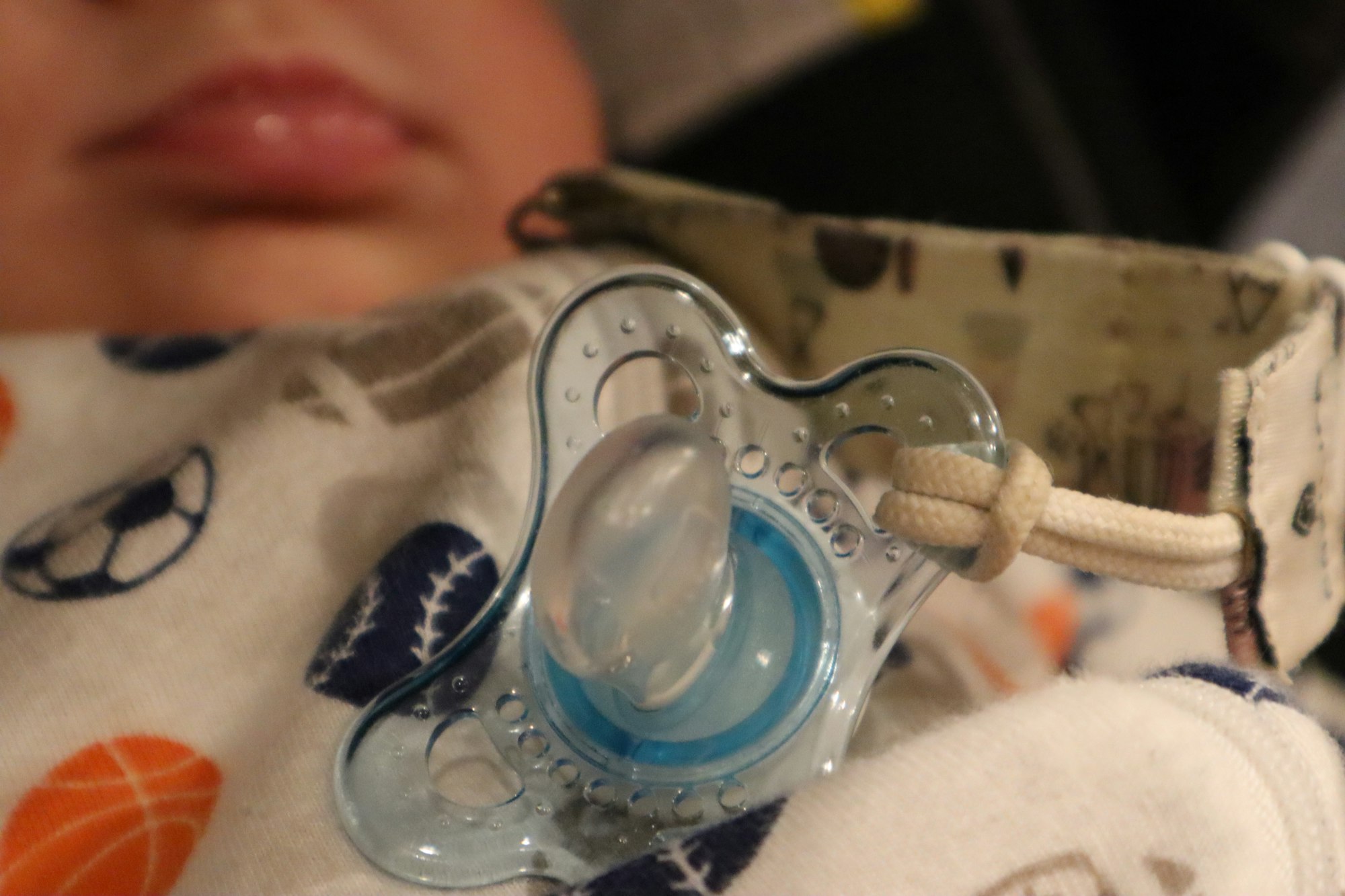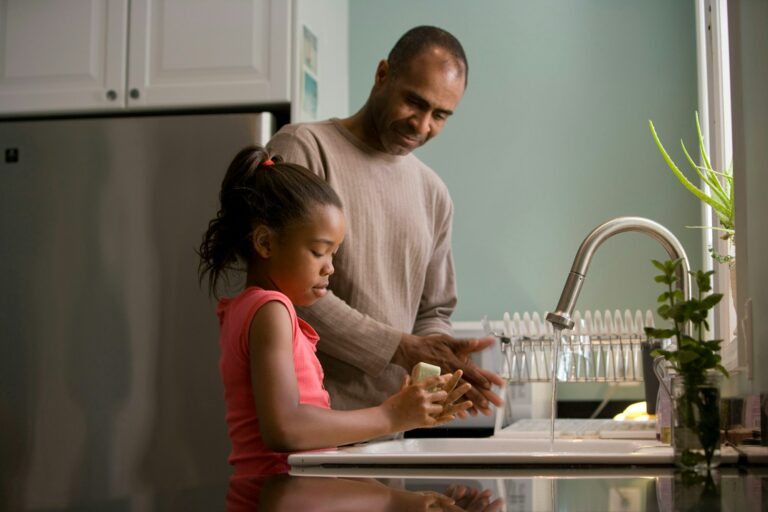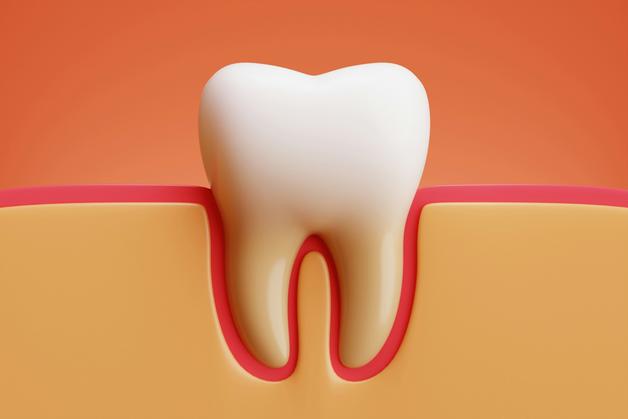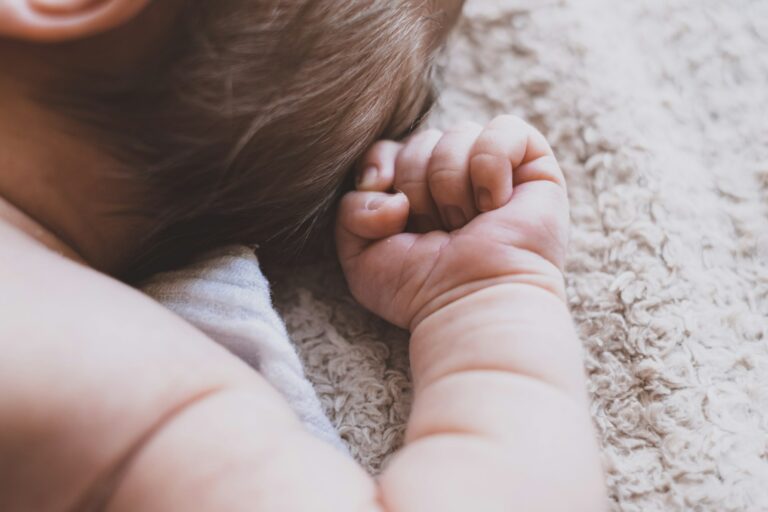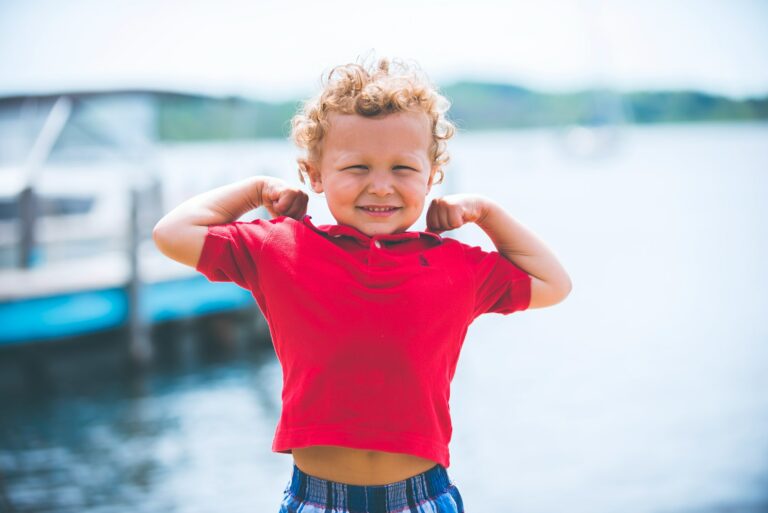Wondering if a simple pacifier—a tiny silicone or rubber device, instantly familiar yet quietly controversial—might be a blessing or a source of concern for your little one? The question “Are pacifiers good or bad for babies?” often comes loaded with anxieties: Will it disrupt breastfeeding? Could it lead to dental issues or ear infections? Is the comfort worth the risk of dependence, or is this tiny object both lifebuoy and landmine? Many parents sway between soothing their crying baby and worrying about unforeseen pitfalls. The science, traditions, and even medical guidelines surrounding pacifiers are anything but monolithic—there’s nuance at every turn. Let’s untangle the facts, explore real experiences, and delve into practical strategies to help you make the best, evidence-based decision for your child and family.
Sucking: The Primal Instinct and Role of Pacifiers
Before birth, sucking is already underway—ultrasound scans even capture babies contentedly sucking their thumbs or fingers. This instinct persists: whether breast, finger, or pacifier, that repetitive motion is wired to calm and reassure. Why? Sucking triggers the release of hormones such as cholecystokinin, tranquilizing both infants and, indirectly, their parents. The burning question—“Are pacifiers good or bad for babies?”—often finds its answer in these seconds of serenity during pain, discomfort, or emotional stress.
Science tips its hat to the physiological benefits: during painful procedures, like those first heel pricks or immunizations, pacifiers—not just distractions, but direct soothing—can help regulate a baby’s heart rate, breathing, and crying. Fascinatingly, research continues to show that pacifier use during sleep may reduce the risk of sudden infant death syndrome (SIDS); the therory is that non-nutritive sucking helps maintain an open airway and ensures arousal mechanisms are active, decreasing the risk of dangerous apnea episodes.
But not all babies need or want a pacifier. Some self-soothe by sucking on their fingers, hands, or even a corner of their blanket. For many, a calm baby translates to reduced stress for parents. Reduced stress, in turn, decreases the risk of negative responses like shaken baby syndrome. Thus, pacifiers operate within a complex equation—sometimes tool, sometimes unnecessary.
The Crossroads of Tradition, History and Modern Guidance
Travel through time: pacifiers have morphed from silver or clay trinkets to modern, safety-tested silicone wonders. Culture dictates their place—widely used in some societies, quietly avoided in others, especially where exclusive breastfeeding is deeply promoted. Regardless, the underlying question—“Are pacifiers good or bad for babies?”—remains global, carried across generations and geography.
Safety innovations (wider shields, ventilation holes) now minimize choking risks. Pacifier traditions overlap with concerns—will it interfere with feeding? Encourage dental problems? The diversity of global practice reflects just how personal, and sometimes divisive, these choices can be.
Decoding the Right Pacifier: Shapes, Materials, and Safety
How to choose, when options seem endless? Here, science steps in with clarity:
- Nipple shapes: Anatomical or symmetrical designs mimic the natural curve of the tongue against the palate. Orthodontic options distribute pressure more evenly, ideally supporting normal oral development—a nod to those worried about the impact on teeth and jaws.
- Materials: Silicone (thin, flexible, easy to sterilize) or latex (softer, more stretchable, but sometimes allergenic). The once-popular cherry-shaped nipples—now largely phased out, as flat or sloped nipples are more physiologically adapted.
- Size: Contrary to myth, there’s more leeway than expected—a “newborn” size can suffice for months, provided your baby is comfortable and feeds well.
- Safety features: Prioritise one-piece designs, shields at least 3.8 cm (1.5 inches) wide, and adequate ventilation—essential for minimizing choking or suffocation hazards.
Are pacifiers good or bad for babies? Often, the answer lies as much in the right selection and vigilant maintenance as in whether to use them at all.
Offering a Pacifier: Step-by-step Advice for Parents
A pacifier isn’t a magic fix-all. Babies cry for many reasons—hunger, a wet nappy, the need for cuddles, or sheer curiosity. Only after other needs are satisfied does the pacifier truly play its part: comfort, relaxation, sometimes pain relief.
- Inspect before each use—replace immediately if cracks or tears appear.
- Wash thoroughly with hot, soapy water, rinse, and allow to air-dry. Never attempt adult-to-pacifier “cleaning” with your own mouth—adult saliva harbours bacteria foreign to infants and may trigger infections.
- Never dip in honey, sugar, or any sweeteners—dental caries (tooth decay) can start alarmingly early, and honey before one year also carries the risk of botulism.
- Pay close attention to clips or straps: keep them short, use manufacturer-approved models, and never fasten around the neck or crib.
Introducing a pacifier in breastfed babies? Experts suggest waiting until breastfeeding is consistently established—typically 2 to 4 weeks—before offering, to avoid nipple confusion or reduced milk supply.
Some babies resolutely reject pacifiers. Others accept only certain shapes. Let your baby’s preference guide you—forcing is unnecessary and counterproductive.
Daily Life with Pacifiers: Routines, Limits and Language Development
Pacifiers often shine at sleep time, calming tiredness or easing distress. Yet, the device should never take the place of parental presence—contact, cuddling, soothing words are irreplaceable.
As children move toward their first birthday, encourage pacifier removal during times of alertness, play, and communication. Practicing babbling, clapping, and laughing freely without a pacifier in the mouth helps with speech and swallowing coordination.
Create “pacifier rituals”: limit daytime use, encourage alternative comforts (soft toys or blankets), and gently foster periods without the pacifier—especially during reading, singing, and interactions requiring tongue movement.
The Medical View: Benefits, Risks, and What Science Says
What, then, does medical evidence actually say when faced with the ever-recurring dilemma: “Are pacifiers good or bad for babies?”
Potential Benefits:
- Soothe a restless child, especially in new or stressful situations.
- Satisfy babies’ fundamental sucking reflex between feeds.
- Promote sleep and faster settling at night.
- Decrease SIDS risk, especially when used at sleep time in infants under six months—the American Academy of Pediatrics underscores this use.
- For preemies in hospital: encourage oral-motor skills and comfort during and after stressful events (like blood draws or gavage feeding).
Drawbacks and Risks:
- Nipple confusion: Early introduction before breastfeeding is established may interfere with suckling technique, sometimes resulting in poor latch or breastfeeding refusal.
- Increased ear infections: Particularly seen after six months, prolonged use has a statistical association with otitis media (middle ear inflammation).
- Dental changes: If use persists beyond ages 2 to 4, dental misalignment—open bite, posterior crossbite, or jaw changes—may develop; early cessation is consistently recommended to avoid these outcomes.
- Emotional dependency: Heavy reliance can make weaning emotionally charged and difficult, reinforcing the comfort-object cycle.
- Hygiene-related risks: Poor maintenance or sharing heightens the infection and choking danger.
Mitigation? Strict cleanliness, periodic replacement, proper size and design, and limiting pacifier use with age.
Weaning: When and How to Say Goodbye
Children generally self-limit by toddlerhood, but expert consensus leans towards guiding gentle discontinuation at 12–18 months. Why? This period coincides with emotional stalwartness, burgeoning language, and the transition to other comfort strategies.
Strategy matters:
- Restrict use gradually (start with only nap and bedtime).
- Substitute comforting objects: soft toys, favourite blankets, or a parent’s reassuring touch.
- Positive reinforcement—praise, small rewards, playful countdown calendars.
- Rituals—farewell parties, “Pacifier Fairy” traditions—render the moment memorable, not daunting.
The transition may see setbacks. Consistency, kindness, patience, and plenty of hugs smooth the path.
Societal Myths and Expert Perspectives
Common misconceptions swirl: pacifiers always cause dental disaster, every baby must accept one, sharing is safe. Scientific consensus is clear—when used judiciously, within recommended timelines, and with proper care, pacifiers can add value and comfort without long-term harm. Still, every child’s needs and responses are unique, and the evolving question—“Are pacifiers good or bad for babies?”—rightly respects individual circumstances and cultural variation. For any persistent concerns, individualized guidance from a paediatrician or child health practitioner offers both reassurance and tailored advice.
Key Takeaways
- Pacifiers, if selected and maintained properly, can offer relief, support sleep, and reduce SIDS risk in the youngest infants—yet, they aren’t essential for every baby.
- Abuse—extended or unrestricted use—can increase the risk of dental and ear complications, as well as emotional dependency.
- The answer to “Are pacifiers good or bad for babies?” ultimately lies in balanced, informed practice, respecting each child’s unique path.
- Safe cleaning, correct sizing, and timely weaning ensure the best outcomes; start narrowing usage from 12 to 18 months.
- Soothe via touch, familiar objects, routines—pacifiers are only one option among many, and not every child needs them.
- Medical and dental checkups (from age 3) allow expert guidance if there are any worries about development or prolonged use.
- Whenever uncertainty arises, consulting your healthcare provider remains a gold standard. And for ongoing support and bespoke advice, download the application Heloa—free child health questionnaires and expert tips await your family journey.
Questions Parents Ask
Do pacifiers affect a baby’s speech development?
Many parents, understandably, worry about delayed language acquisition if pacifiers are ever-present. The evidence indicates that shorter, sleep-time use rarely impacts speech milestones. However, allowing your child plenty of pacifier-free moments when awake, playing, or being spoken to ensures natural opportunities for babbling, experimenting with sounds, and learning to coordinate tongue and lip movements. Overuse, especially during the active daytime hours, could potentially limit these interactions, so moderation and awareness are key.
At what age should pacifier use be stopped?
Timing varies—a few children lose interest before their second birthday, while others may need parental support until they’re closer to three or even older. Paediatric and dental specialists advise beginning gentle weaning by 12 to 18 months. Prioritizing positive alternatives—special toys, comforting rituals, parental affection—reduces resistance during transition. Every child progresses at their own pace, so occasional setbacks are normal; patience and encouragement will see them through.
Can pacifiers help babies sleep better?
Certainly, for numerous families, a pacifier is a welcome sleep aid. Sucking naturally induces relaxation, helping babies settle at bedtime and offering comfort during nighttime awakenings. Moreover, scientific studies affirm that safe pacifier use during sleep reduces SIDS risk in the youngest age groups. Not all babies respond the same—some refuse or lose interest early—and that’s perfectly acceptable too. Each sleep journey is unique.
Further reading:

